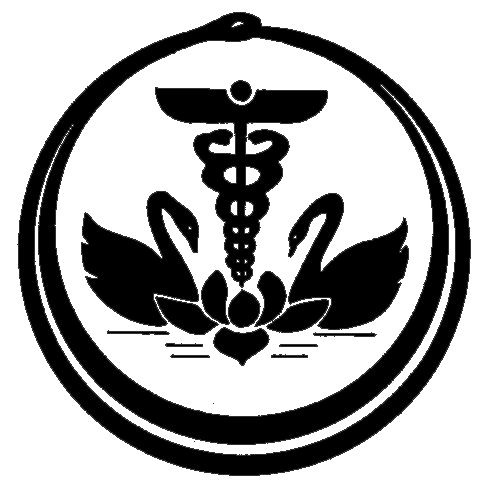Part 2
Pitta
Pitta is derived from the word Tap which means heat. It is the force that transforms all biotransformation’s. It is responsible for digestion, metabolism and other transformations in the body. It is also responsible for the complexion, lustre, intellect and vision.
It is unctuous, penetrating, hot, light, foul smelling and is a fluid.
According to the functions and where it is found it is divided into 5 types: Pachaka, Ranjaka, Alochaka, Sadhaka and Brajaka.
Pachaka pitta is the most important and is responsible for digestion hence it is commonly referred to as Agni. Its seat is the Amashaya(stomach) It digests food and separates it into essence and waste.
Ranjaka Pitta transforms the Rasa dhatu (essence) into Rakta (Blood). Its seat is the Yakrut (Liver) and Pleeha (Spleen).
Sadhaka Pitta is responsible for mental and intellectual activities. Its seat is the Hridaya.
Alochaka Pitta is responsible for vision. Its seat is the eyes.
Brajaka Pitta acts on the skin and is responsible for colour and complexion. Its seat is the skin.
Kapha
It is the Dosha which supports the physical structure of the organism. It exists in the body in 2 forms: Prakrutha (pure) and Vikrutha (impure). Vikrutha Kapha is the Mala (waste) which must be excreted from the body. Prakrutha Kapha is Ojas and Bala (strength) of the body.
Kapha is Unctuous, cold, heavy, mild, smooth, sticky and solid.
Kapha depending on its position and function is divided into 5 types- Avalambaka, Kledaka, Sleshaka, Bodhaka and Tarpaka.
Avalambaka Kapha supports the body and Hridaya. It is seated in the chest
Kledaka Kapha lubricates and dissolves the food and helps with digestion. Its seat is the Amashaya (stomach)
Sleshaka Kaphastrengthens the joints by its binding property. Its seat is the joints.
Bodhaka Kapha helps with taste sensation. Its seat is the tongue.
Tarpaka Kapha nourishes the sense organs. Its seat is the head. It protects the sense organs and maintains its function.
Influence of Day and Night on the Doshas
Early morning is the period of Kapha. Midday is Pitta time and, in the evening, Vata increases.
At night, in the beginning Kapha increases, middle part of the night is Pitta time and in the last hours of the night Vata increases.
Doshas and digestion of food
At the beginning of digestion Kapha increases. Due to this the food gets lubricated and mixed. This is then followed by an increase in Pitta by which the food is digested, and the last stage is Vata dominant which helps with the excretion of the Mala (waste).
Doshas and Age
In childhood which is the age of growth Kapha is predominant. In youth Pitta is predominant and in old age Vata is dominant.
Mrs. Mira Swami, Department of Ayurveda
